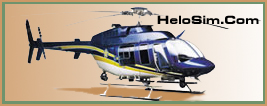
|
THROUGH THIS LINK SUPPORTS SUBSIM, THANKS! |
The Web's #1 BBS for all submarine and naval simulations!
Click here to access the Helosim website  |
The Web's #1 BBS for all submarine and naval simulations! |
|
|
|
|
#1 |
|
Navy Seal
 |
* - an After Action Report, but that is assuming you can call Flight Simulator "Action"
 ** - this is not copy-pasted from another forum. So far this is the only place I'm posting my little report here *** - I'm not affiliated with the makers of any of the software here - but I'm definitely biased, because I love playing with it! FLYING THE ERJ-145 Part 0: Introduction / Demo Hey flight sim gamer! Ever wonder what's the appeal of spending wads of money on add-ons just to fly boring airplanes that never shoot anything? Or conversely, ever been curious about what it's like to fly that kind of setup, but just don't have the time/money/patience to give it a try? Well, this report might be for you! [edit: see post #7 for the video reports!] 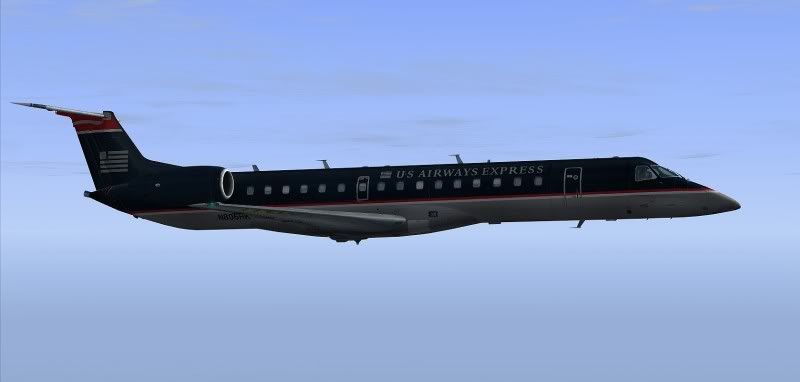 So one day I had a little bit of spare time on my hands and thought that just for fun and perhaps to show my civvie flight-simming hobby to other people, I would put together a presentation of what I do and why it can be interesting and engaging for a total non-pilot like me to learn a complicated aircraft and fly it on routine non-violent sorties from point A to point B. The result is this little report, complete with pictures, descriptions and video materials. This is neither a review nor a how-to tutorial - just a very detailed run-through of what I do, warts and all. So, in the next few posts and detailed series of Youtube videos, let me take you along to what I do for fun - flying a virtual Embraer Regional Jet, courtesy of my custom FS9 installation. I won't pretend to be a real pilot - this is just something I do for a hobby and have learned on my own, although immersion and detail are things I consider absolutely essential. Before I bore all of you with any further detail, let me skip right to the eye candy as a preview! Demo Video 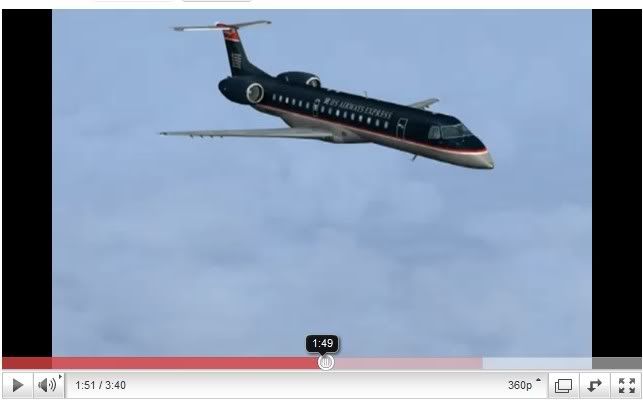 (click to watch on youtube) Just a quick little collage of gameplay footage I put together to show off the eye candy - the report videos will be quite long and have only game sound and voice commentary. But if you're not interested in those - what the heck heck, just enjoy the 3 minutes of flying and skip the rest of the report Got your attention? IN THIS REPORT  Watch a virtual flight on a highly-detailed ERJ-145 An top-quality payware aircraft (by feelthere/Wilco), this airplane represents a Trans-States Airlines bird in old US Airways livery - since FS9 is an older game and most of my add-ons represent the state-of-the-art of the flying world as of 2006, I thought this would be appropriate. These smaller regional jets are a lot of fun to fly, and their shorter routes also offer variety and are manageable to fly for a hobby in real time - which might not be so true of intercontinental flights! The ERJ is nimble and responsive, and although its 90s-era avionics offer a lot of automation, it still offers many unique challenges. For one, this plane lacks an autothrottle, so speed and fuel management are always hands-on. Its engines also lack the power of those on larger airliners, so you always want to be careful and economical when you want speed and performance - this plane won't give them to you easily!      Realistic weather, terrain, ATC, and passenger operations Thanks to many add-ons, the simulator offers a good representation of procedures and conditions in the eastern US. I'll go over my flight plan and file it with (virtual) air traffic control, make sure that the aircraft is ready for flight, load it up with cargo and passengers, and go all the way from a cold and dark cockpit to take it on a flight from Buffalo-Niagara International Airport... 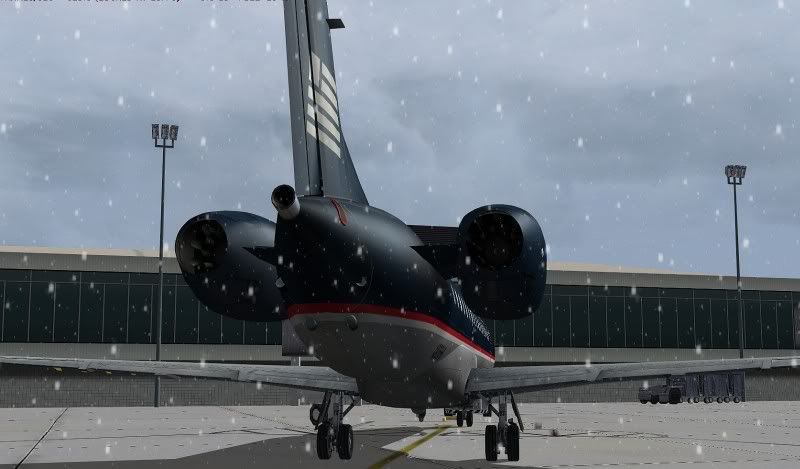 ...to Charlotte-Douglas International Airport. 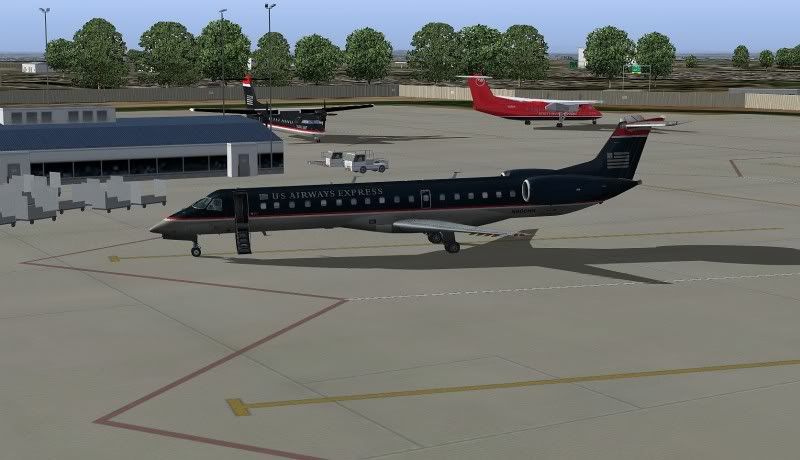 The flight takes just under 2 hours in real time, plus preparation, planning and debriefing. In this report, it will take a few posts of screenshots, a series of six 10-minute videos, and lots of text explaining them. So, if any of that gets you interested, strap in and get ready for the next few posts! All I ask for is a bit of your time Conversely, if by this point you're bored out of your mind, you're welcome to stop reading. We're about to get a lot more nerdy  -CCIP ---------------- Software used Microsoft Flight Simulator 2004 (commonly known as FS9) feelthere/Wilco ERJ v2.0 w/ CALL (aircraft) BUF2004 airport scenery (freeware; unfortunately I can't track down authors) ImagineSim Charlotte-Douglas International Airport FSPassengers ActiveSky Evolution Radar Contact v4 Ultimate Terrain USA Ground Environment Pro ActiveSky Graphics Active Camera JustFlight Traffic 2005 w/ addon packs and a range of other minor add-ons and freeware tweaks! (alas, I can't even remember everything here...) ...and Fraps for screenshots and video ---------------- The real airplane: http://en.wikipedia.org/wiki/Embraer_ERJ_145_family to be continued...
__________________
There are only forty people in the world and five of them are hamburgers. -Don Van Vliet (aka Captain Beefheart) Last edited by CCIP; 01-12-11 at 07:47 PM. |
|
|

|
|
|
#2 |
|
Navy Seal
 |
Part 1 - Getting Ready  As already noted, our aircraft of choice for this flight is a US Airways Express ERJ-145. In Flight Simulator, I've challenged myself to simulate to as best I can the operation of regional jets to and from the US Airways Express hub at the E Terminal of Charlotte airport. This particular airplane was one I flew into Buffalo a couple of nights ago, and this fine early afternoon of Sunday, January 9th I'm ready to take it back to my "home" base at Charlotte. I've definitely been to both airports in real life, which always makes these flights more interesting - I remember my own first time boarding an ERJ in Buffalo, and I'm all the more ready to fly. As always, I try to match up the goals of my flights with the real airline's schedule. Taking a look at the US Airways timetable... I spy US2491, a daily flight from Buffalo to Charlotte that leaves at 1:41pm and arrives at 3:30. In real life it's operated by a CRJ, an aircraft very similar to to the ERJ. So that will be my ticket then! The next step is to create a flight plan. I've already flown this route before, so I already have a plan prepared - so it is now a matter of loading and reviewing it. 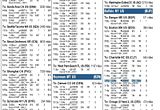 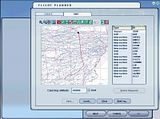 The suggested flight plan starts with our departure from Buffalo. I'm not positive what the ATC will want us to do on departure, but I know that the first part of the route will have us joining the jet airway leading south from the Buffalo (BUF) VOR beacon - so that's our first point of reference. From there we proceed due south along our airway, through the border area between Virginia, West Virginia and Maryland, and then continue south until changing airways and heading southwest at the Flat Rock (FAK) VOR. From there we continue to the Liberty (LIB) VOR in central North Carolina, from which we anticipate to join a standard arrival (STAR) to Charlotte, MAJIC ONE, which I add to our flight plan. MAJIC ONE specifies that we intercept waypoint MAJIC, which is 40 nautical miles northeast of Charlotte, at an altitude of 12000 feet. On reaching MAJIC and turning toward Charlotte, we should receive our approach instructions. To merge with the MAJIC ONE arrival, we have to begin descent before reaching LIB, from which we will proceed west directly to MAJIC. So, with all of that settled, I'm ready to go take a look at my actual airplane! It's where I last left it - at Gate 4. 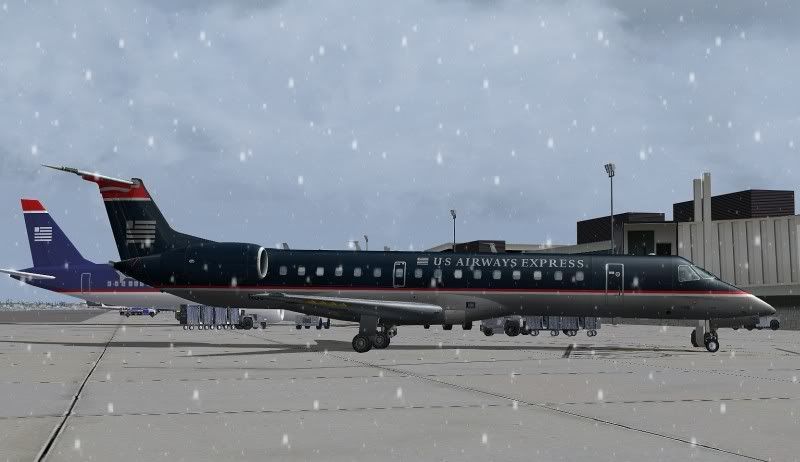 It's now 13:00 local time, 41 minutes to our departure, so I grab my clipboard and head off to do a quick walkabout to see the plane's condition. FSPassengers and its 'economic mode' helps me keep track of that. While it's certainly possible to play the economic mode as a management game, my main interest in it is to add yet another dimension to my simulation - the fact is that bad flying costs money. Good flying costs money too, of course, but less so - so by having a balance sheet to stick to with my aircraft, and always having long-term maintenance costs looming, I know that I have to do everything I can to treat the airplanes well to avoid repair costs, treat my passengers well to make sure we have their business, and treat things like fuel consumption, on-time arrivals and above all safety very seriously indeed.  I've flown this specific plane for 12 hours now, and it's done good service with little trouble! The plane is still quite new, with only 437 hours of service, so things look good on the technical front. I do a short walkabout in the snow and make note to keep the threat of icing in the area in mind. The flurries are pretty light, though, and the tarmac is clear. 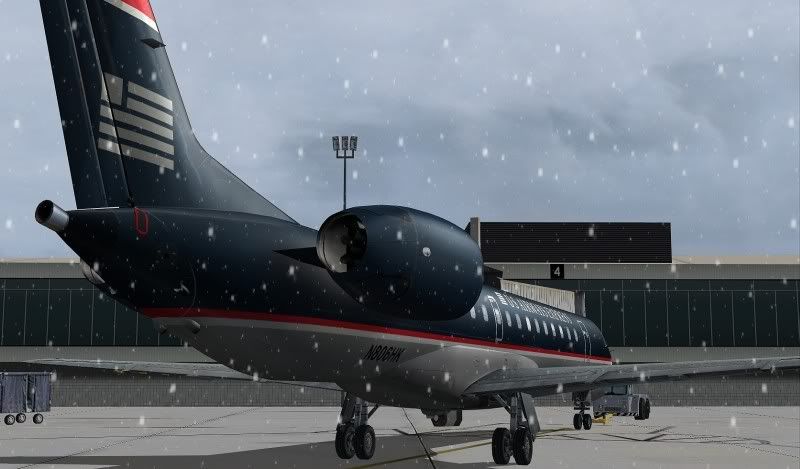 Note the exhaust of the Allison jet engines here - you can tell these are modern turbofans, with that wavy cookie-cutter shape designed to reduce noise from the jet blast.  Our technician hands me the report on the plane's maintenance - just labour costs and routine maintenance after the plane's last flight here, no repairs needed. Now back to the economic mode to look at the pricing involved. Like I said, I don't treat this as a management game, but costs and quality of service do have an important effect of the number of passengers willing to fly and their satisfaction with the service. It would be easy but extremely boring to always fly full loads of happy passengers and still make some money - but that's not how things are in the real world! So, I have my own methods of setting semi-random price ranges using dice. Just part of my house rules - keeps things unpredictable.  Today's tickets look a bit pricey, but the service is reasonable and our record as an airline is solid. We're also a regular operator here at the airport, so I'm sure we'll have plenty of virtual passengers queuing up at the gate today! So with that, we have green lights from management and maintenance on this flight, and about half an hour to departure. The passengers should have all checked in by now, so it's time to get our manifest and have this bird loaded! 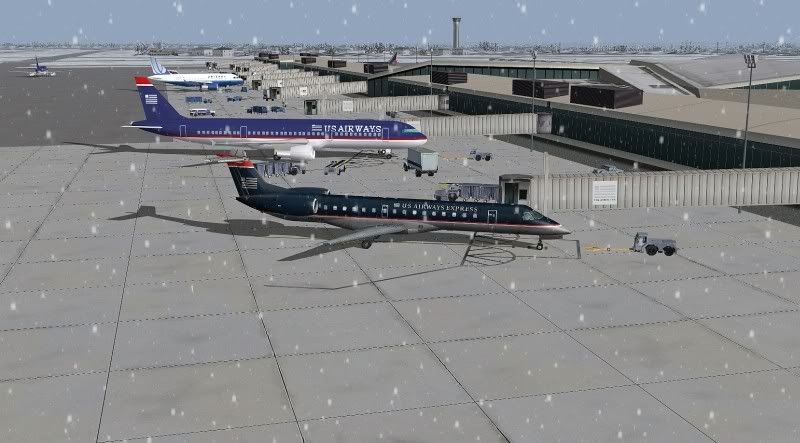 Stay tuned for our next part here at Gate 4 as we continue our preparations for flight US2491! *** To be continued... |
|
|

|
|
|
#3 |
|
Navy Seal
 |
Part 2 - Weather Enroute
Before we head back out to our plane and step in the cockpit, there's one more important thing left to do: get ourselves briefed on the weather. For that, I refer to my trusty ActiveSky Evolution map, which gives us an update on real-time weather.  Well, our first look at the weather map suggests it might be quite a soup out there - the eastern part of US is a mish-mash of icing, visibility and turbulence advisories. That might cause us delays... So, let's load up our flight plan and take a closer look.  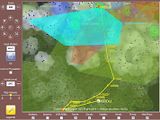 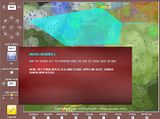 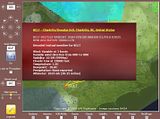 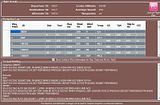 The weather on the ground at Buffalo seems reasonable enough. The latest reports shows visibility of 6 miles in light snow, with 9kt winds from the northwest. On our flight plan, I can see that the visibility advisories, which are areas in red, along with most of the precipitation are a bit to the south of where we are and we should be well on our way to cruising level by the time we enter those areas. One thing that does worry me a little is that bright blue blob - a Whiskey Sigmet, something I don't see very often, suggesting that occasional but severe clear air turbulence has been reported by aircraft in the area. That's right across the initial part of our route, and covering our planned cruising level at 36000ft. Further south of that are also turbulence airmets, suggesting risk of turbulence at high altitudes throughout our route. Might be a bumpy flight then - but doesn't look like definite delays yet. Weather on the ground at Charlotte, our destination, is looking good. There's hardly any wind or cloud, there's good visibility, and the temperature is above freezing. Our briefing for the route gives us the expected weather at altitude, which is very important for us to know. I quickly convert the temperature at the waypoint nearest to the top of our climb into deviation from ISA (International Standard Atmosphere) temperature, and note that the average winds on our route will be at 110kt coming from the west. These are important parameters for us to know, as they can affect flight planning and have a major impact on fuel consumption. No adjustments to our existing flight plan are required, though, as it was made with this type of weather conditions in mind. We keep the weather briefing on us, since we'll later have to let the airplane's Flight Management System "know" about the atmospheric conditions at our cruising level before we fly, so that it can optimize our airplane's performance. The ActiveSky series of add-ons are a fantastic replacement for FS9s default weather - I honestly can't emphasize enough how much more detailed and useful they really are. And now that we have all the latest information on the weather on us, we grab our manifest and head to the airplane. 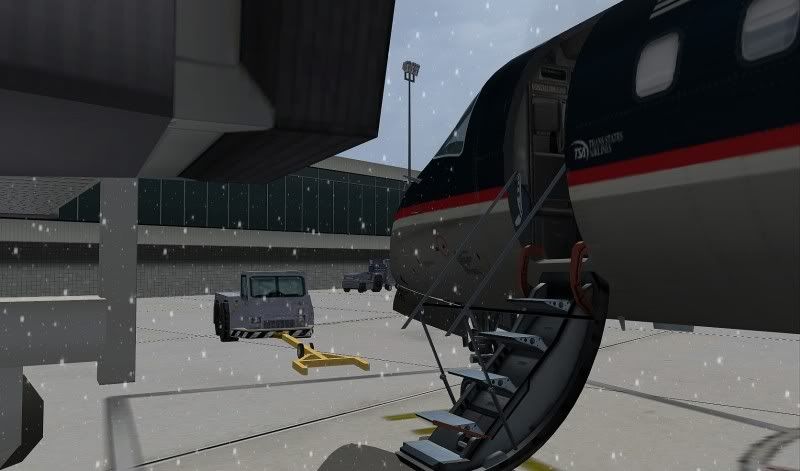 The airstair is down and ready for us to get on board. 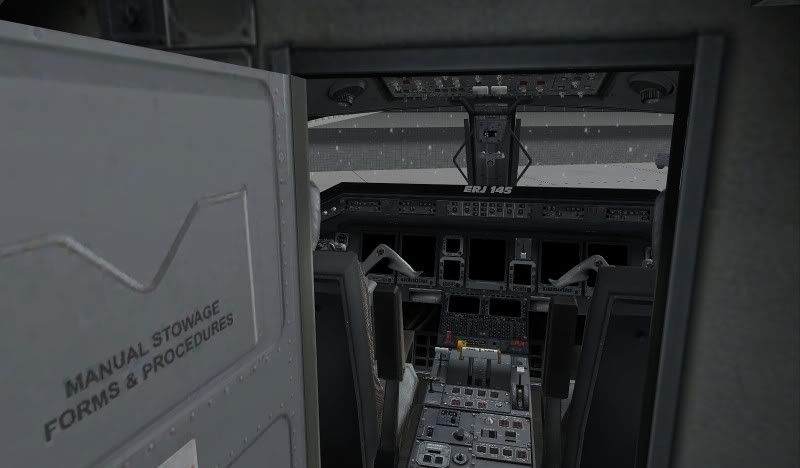 Now on board, we open the cockpit door and walk into "the office"! 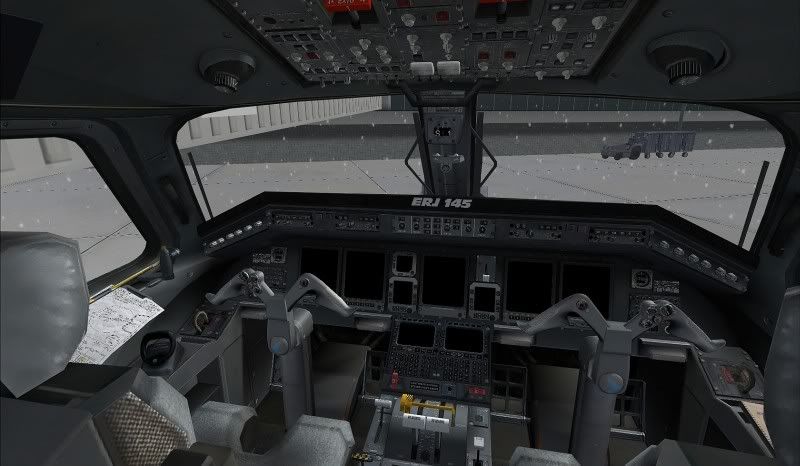 It's a bit cramped in here, but it will do for short flights - and the simple "glass cockpit" is a welcome thing for cockpit ergonomics. 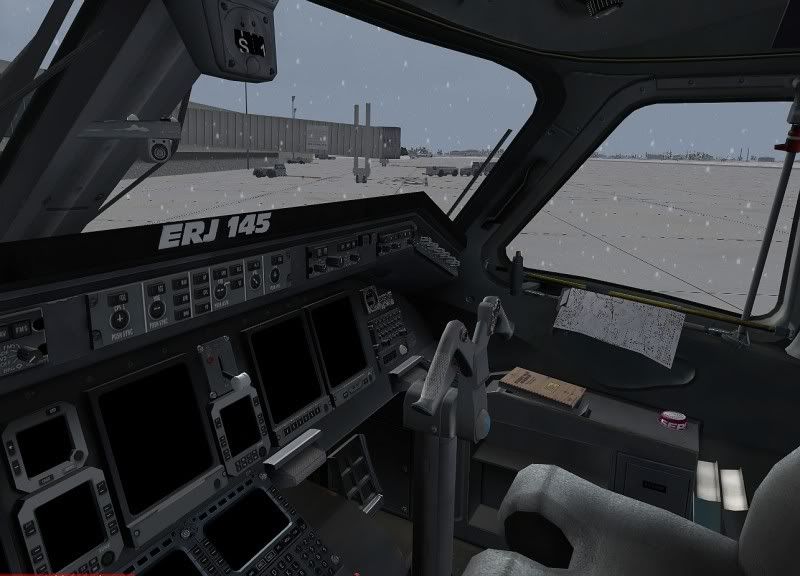 And so with about 25 minutes to departure time, we're almost ready to let our passengers in. To be continued.... |
|
|

|
|
|
#4 |
|
Navy Seal
 |
Part 3 - Loading Up 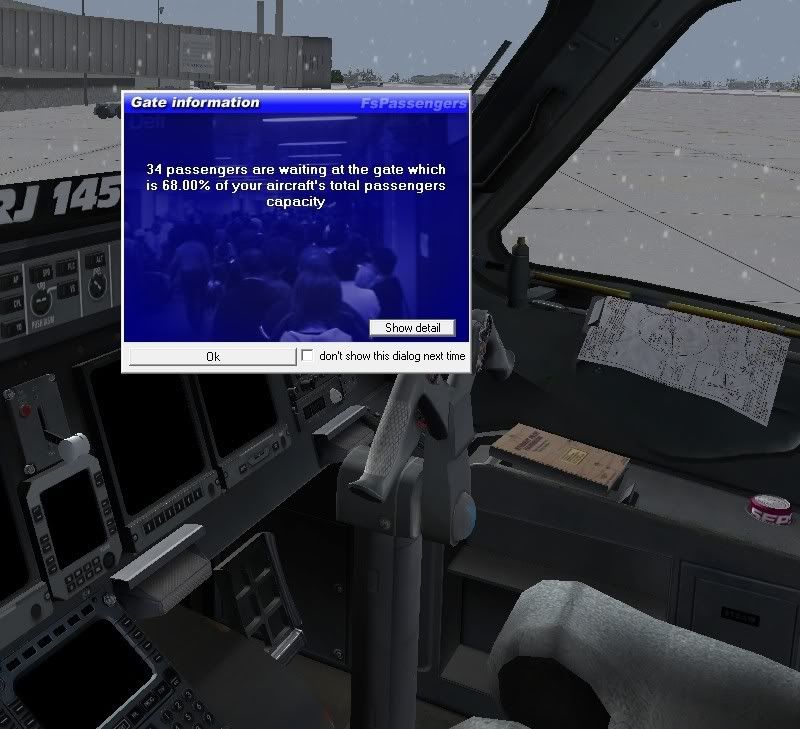 Meanwhile here at Gate 4, we get our manifest ready. With our flight set to depart soon, all of the passengers should have checked in by now. 34 of them have showed up, for a maximum capacity of 50 on the flight. Now let's see our manifest, with the help of FSPassengers' load configuration screen.    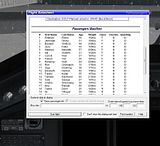 Alright, a few things to take care of here. Firstly, given the weather and the fuel consumption rates for this aircraft, I've calculated that about 6600lb of fuel will be enough to cover our flight from start to finish assuming no delays or detours are required, plus 1 hour in reserve as required by regulations. That hour comes out to about 2300lb, plus 4300lb that we expect to burn during this flight. The 34 passengers have been assigned seats evenly on both ends of the aircraft, and their luggage + additional cargo has already been loaded and balanced, so the plane's center of gravity is good and at an approximately 42,000lb, we're definitely well within our maximum takeoff weight, in fact with as much as 6,000lb of weight left to spare. Now we file confirm our flight number, destination, and time enroute with dispatch, and we are ready to go. The passenger list is also ready. Let's see if I recognize anyone... nope, 100% randomly generated! Now to get our plan filed with air traffic control, we go to another handy app, Radar Contact.   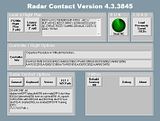 We check over the list of frequencies that we plan to use, the flight level requested, and the primary alternate airfield in case we need to divert - in this case, the Raleigh-Durham (RDU) airport. Our flight number, callsign and other information are also confirmed. Traffic controllers will now be expecting us and will know what instructions to give us. And that's the end of the "paperwork" here at gate 4! With less than 20 minutes to scheduled departure time, we now need to get the aircraft started up. 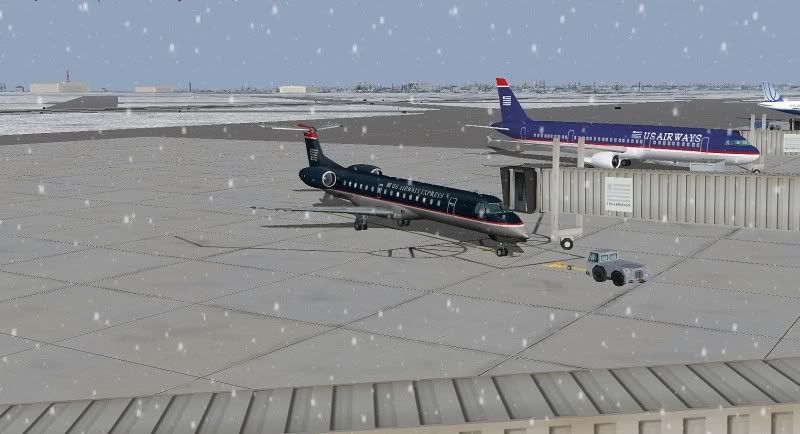 As passengers board the aircraft, we go over our startup checklists and get systems running. You can see more of this in the video in a following post - it's a bit of an involved, step-by-step process. 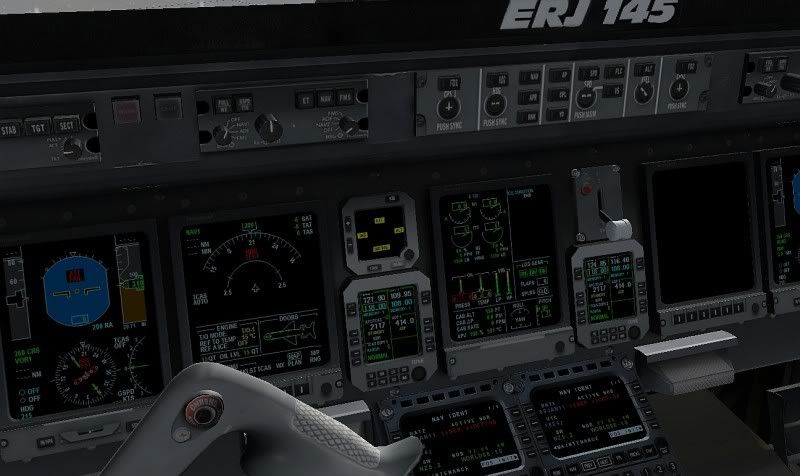 With avionics powered up and the plane currently being fed by a ground power source, the plane's navigational systems and instruments align. Time to configure our flight management system - again, something you can see more of in the videos to follow. After entering our current position and loading our flight plan, we configure our initial performance. 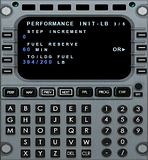  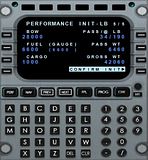 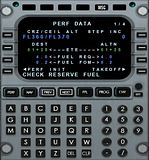 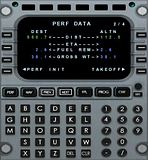 We enter our 60-minute fuel reserve, the atmospheric parameters that we earlier got from our weather briefing - including temperature and winds at our cruising level, and the weight of passengers, fuel and cargo on board. We then initialize the system, and it gives us a fairly accurate picture of how long the flight will take at the assigned speed and altitude, and how much fuel will be used in the process. As passengers continue to board, we tune our radios and prepare to ask for our clearance. Things are now starting to move quickly and we will soon be moving - so rather than trying to type up everything else that's going on, from here I'll let the videos do the talking! Hope you take the opportunity to watch those, provided in the next post Once you do, you can come back for a final de-briefing and see how I've managed with this flight. To be continued... |
|
|

|
|
|
#5 |
|
Sea Lord
 Join Date: Jul 2002
Location: Pacific NW
Posts: 1,894
Downloads: 6
Uploads: 0
|
Great stuff CCIP! I remember flying the ERJ-145 with a GREAT freeware panel back in my MSFS days. Was some of the best civ flight simming out there, a really fun jet to fly.
Edit: Bill Grabowski did the panel IIRC? Could be totally off... PD |
|
|

|
|
|
#6 | |
|
Navy Seal
 |
Quote:
Videos coming tomorrow |
|
|
|

|
 |
|
|